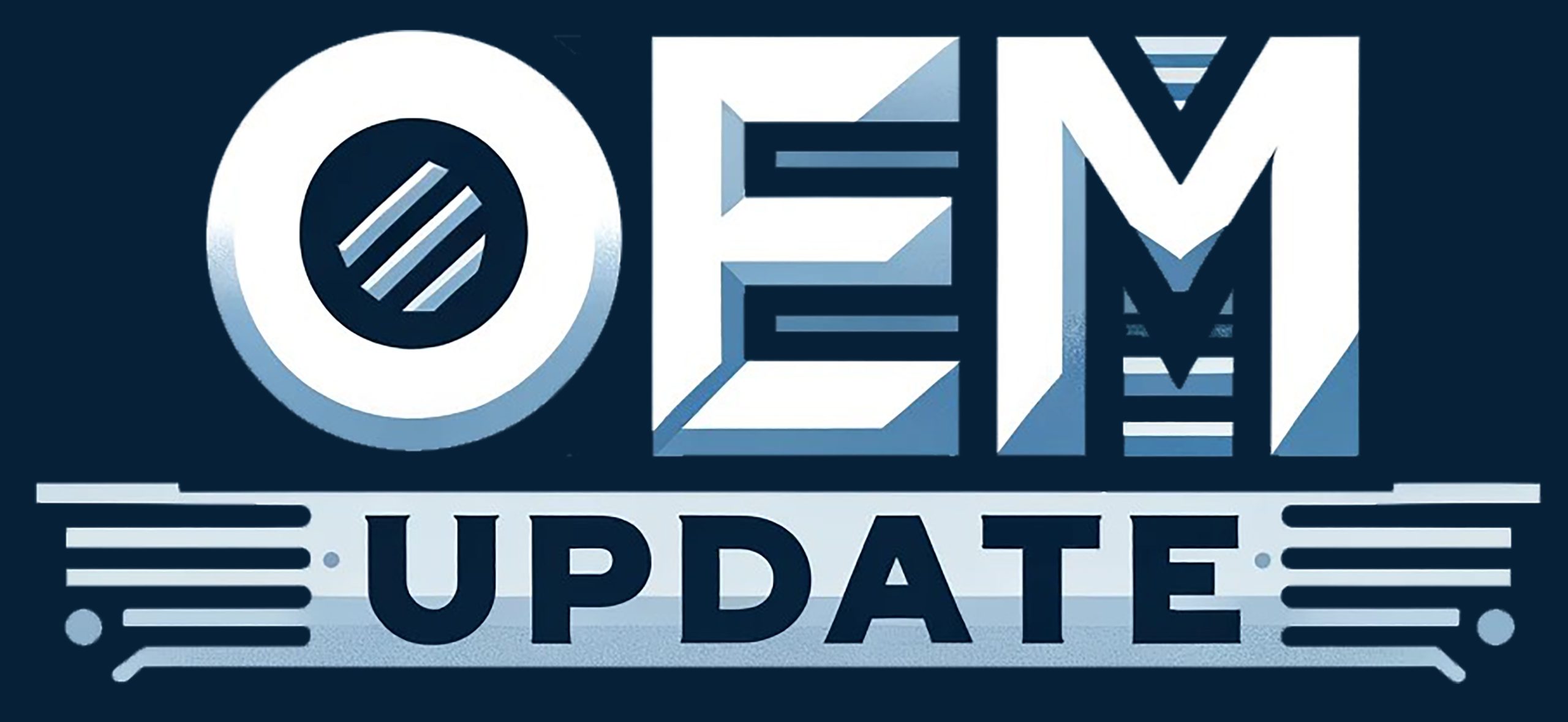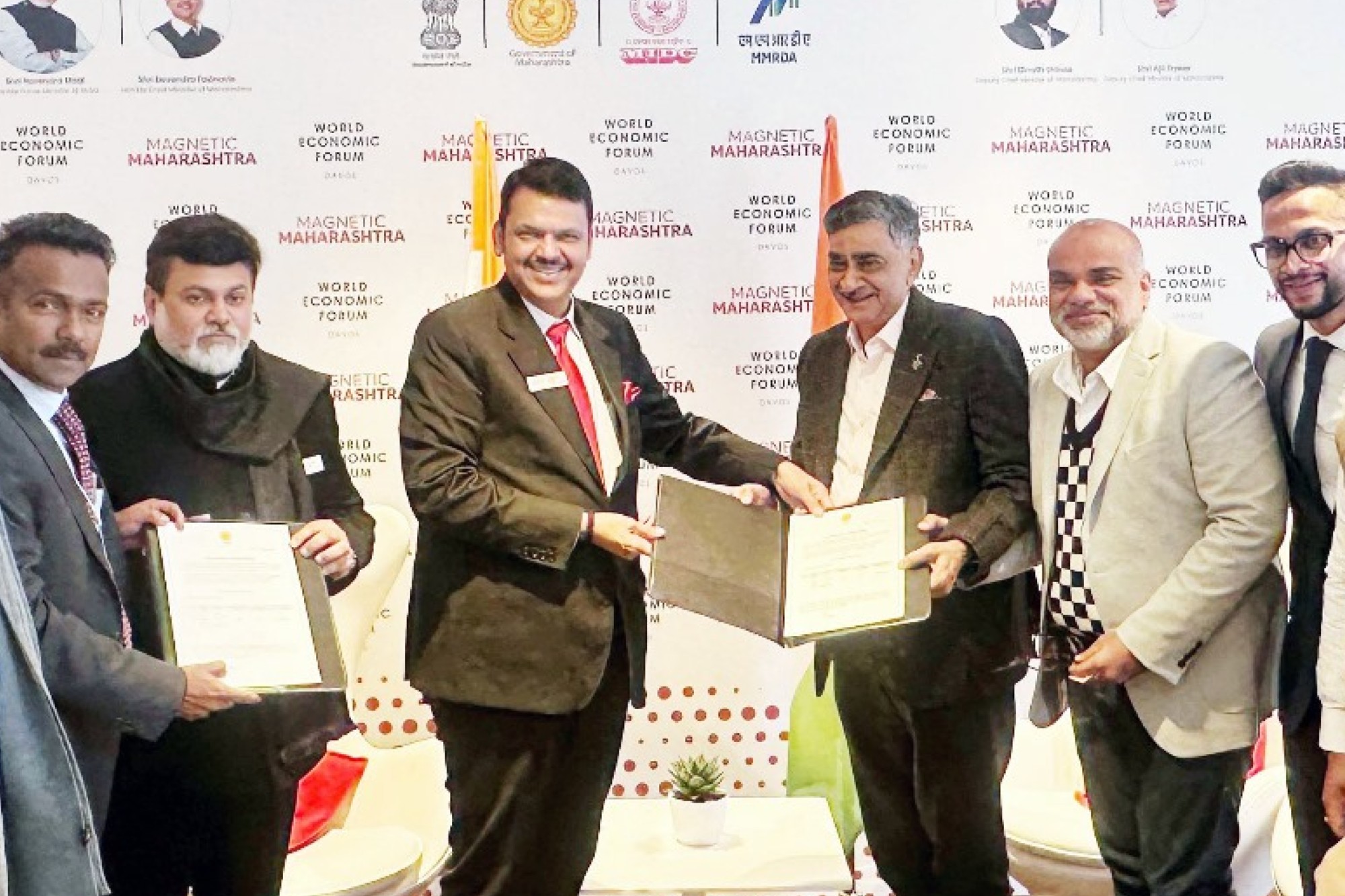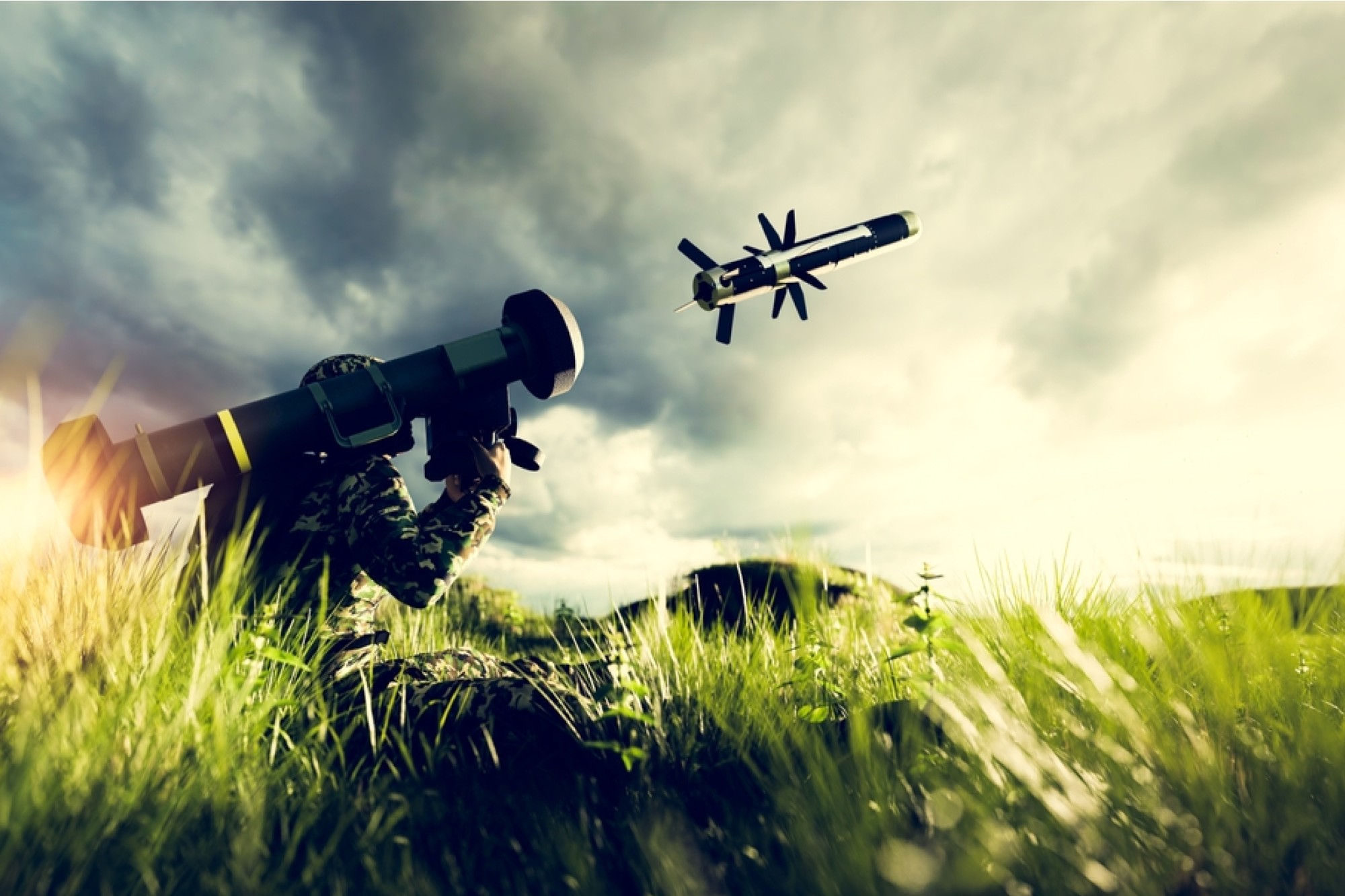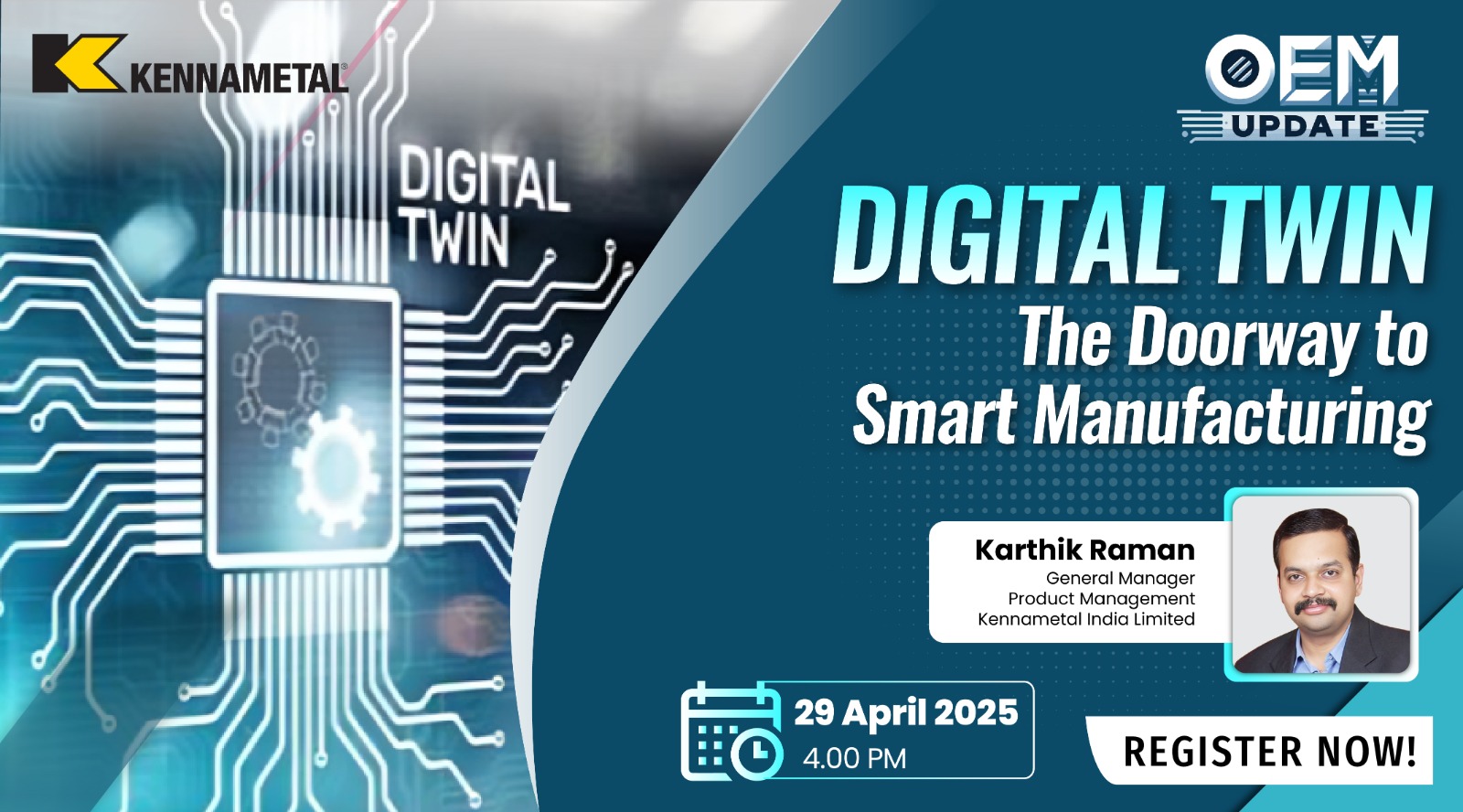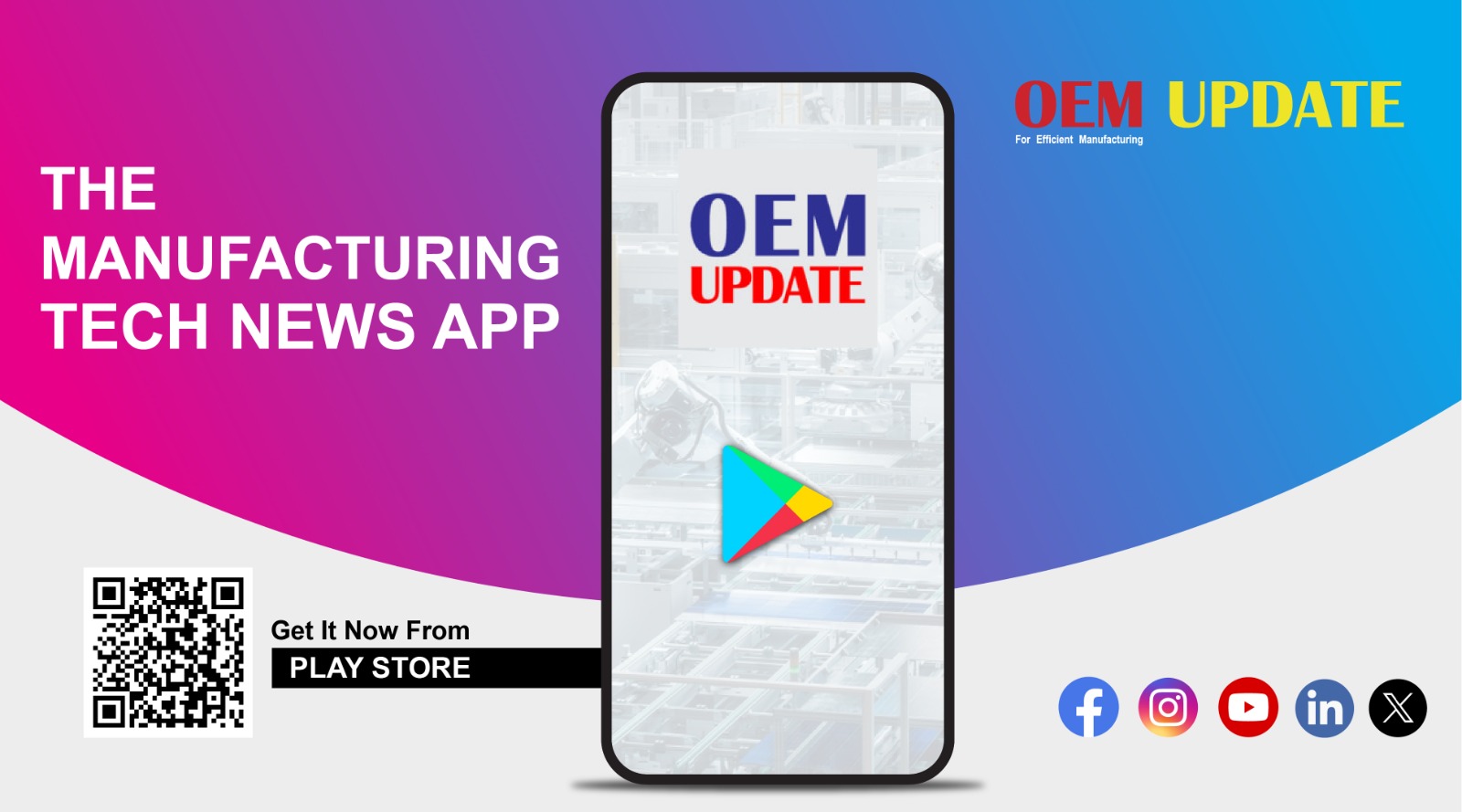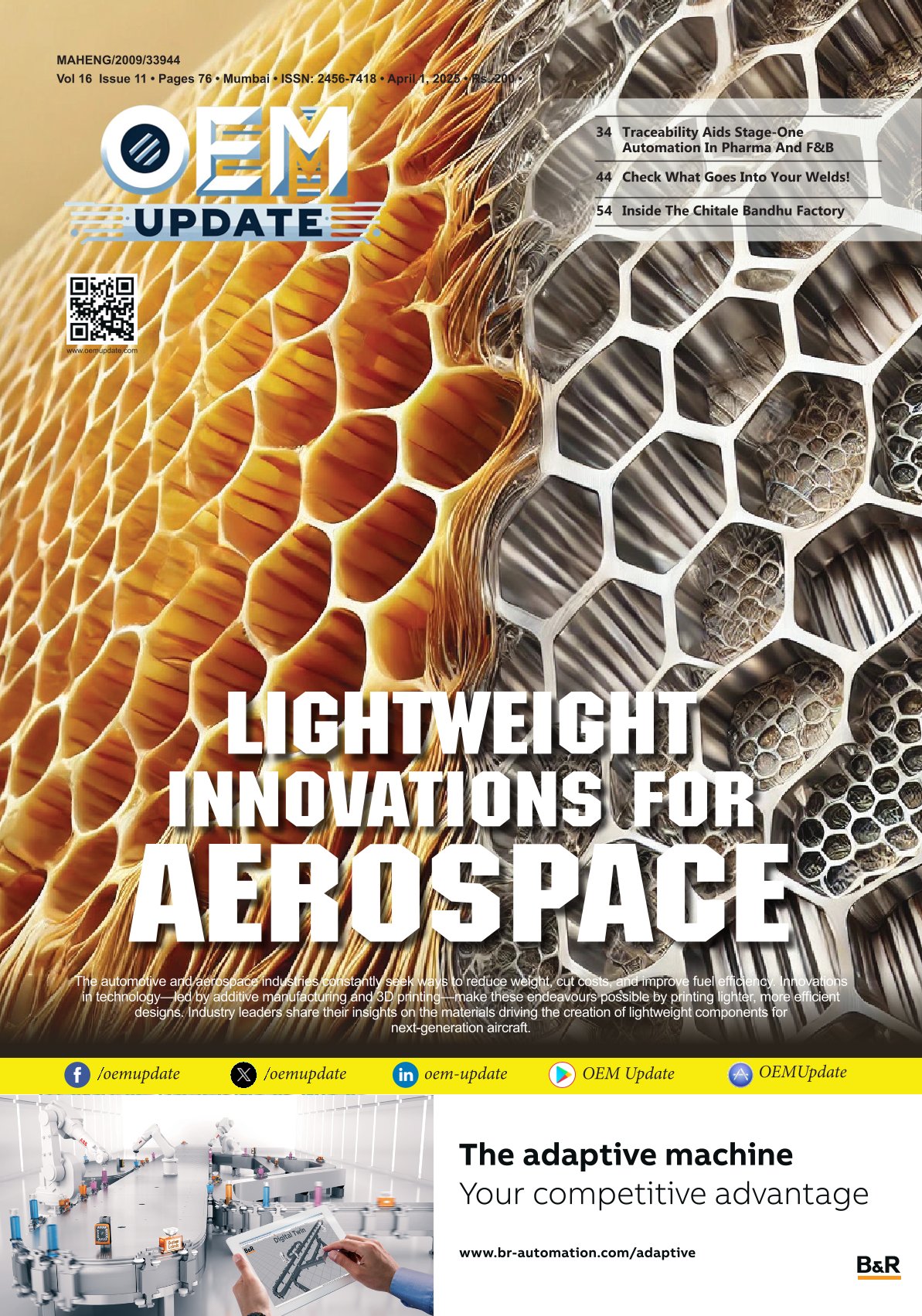Learning the power of ceramics for unparalleled protection
By Staff Report April 9, 2025 6:43 pm IST
Advancements in warfare technology have made weapons, artillery, and explosives more lethal. Rising insurgencies and asymmetric conflicts worldwide demand a significant shift in security and defence strategies. A crucial part of the modern-day security and defence ambit is vehicle armour. This includes specially designed and engineered protection for military, paramilitary, police, and special civilian defence vehicles, protecting personnel and machinery from incoming threats against high-velocity projectiles.
Limitations of traditional vehicle armour materials
Metals like alloy steels, titanium, etc., were used for armour protection. However, as threat levels evolved, these were limited in offering sufficient protection and vehicle mobility. Although these metals offer limited performance, their weight makes the vehicles heavy and fuel-inefficient. The vehicle also lacked certain properties that could help mitigate the impact of oncoming ballistic threats or blasts.
Armour protection needs the right degree of hardness and strength to mitigate the threat of high-velocity projectiles while deflecting their kinetic energy across a large area and absorbing the shock of the impact. This demanded the search for high-performance, lightweight solutions.
Manufacturers and engineers then used polymer-based soft armour panels to counter low-level threats. However, while polymers are lightweight, they fall short of offering adequate protection against high-level threats. This is where ceramics and hybrid composites have proved to be the most impactful.
Ceramics and composites, in conjunction with metallic back-plates, are cost-effective alternatives to metal alloys in terms of performance cost. This is because the ceramic composite armour panel has a low density, making it nearly one-third the weight of its metallic counterparts while offering a cost-effective, high-performance protection solution. Their superior hardness and ability to shatter incoming projectiles significantly enhance protection, improving the performance-to-weight ratio by more than three times. This makes the vehicle more resilient, lighter, fuel-efficient, better performing, and protected.
Overview of ceramic composites in vehicle armour applications
Ceramic composites, typically reaction-bonded silicon carbide (RBSiC), Zirconia Toughened Alumina (ZTA), or Alumina backed up with high-performance polymers, are popular for armour vehicles. They are mounted onto a special mother plate by employing a suitable mechanism.
Ceramics like RBSiC are hard, strong, cost-effective, and absorb kinetic energy against a high-velocity projectile. This property means that the kinetic energy of the incoming threat will be quickly absorbed within an optimum designed area of the ceramic armour along with backup polymeric materials, thus significantly reducing its extent of attack. In India, ceramic composites have recently emerged as the material of choice for vehicle armour.
Ballistic protection for Light Battle Tanks
Light Battle Tanks maintain a high power-to-weight ratio. This is particularly critical to traversing mountainous terrain in remote and inaccessible areas and operating in extremely high altitudes. Their superior performance at ideal weight enables them to perform well in such conditions.
Main Battle Tanks are neither built for easy manoeuvrability, especially in such regions, nor are they equipped to navigate such challenging conditions. Tanks are facing several performance issues due to rarefied air, for example. Moreover, airlifting battle tanks to deployment areas remains one of the primary challenges.
In this scenario, weight reduction resulting in a much lighter tank is critical to address these issues.
A definite route to achieving such significant weight reduction is to replace steel with parts engineered using advanced technical ceramics with low density and high hardness. This ensures robust armouring capability against projectiles and faster and more agile deployment of battle tanks. It also improves fuel efficiency and tactical manoeuvrability.
Composite armour for Wheeled Armoured Platform and other armoured vehicles
The Wheeled Armoured Platform (WhAP) is designed to focus on modularity, scalability, and reconfigurability, allowing it to be adapted for a wide range of roles and operational needs. Armour designed using advanced technical ceramics will enable the highest ballistic protection without overshooting these weight restrictions. In September 2024, CUMI was awarded the Transfer of Technology by DRDO-DMRL to manufacture add-on composite armour for WhAP and other armoured vehicles.
The indigenously manufactured elastomeric add-on composite armour panels are designed using customised ceramic segments sandwiched between rubber and backed up by a metallic mother plate that is impact, UV, and weather-resistant. Engineered to contour the vehicle precisely, they enable superior mobility with the highest safety and ballistic protection.
Ceramic solutions for vehicle armour
Understanding the three types of vehicle protection
Vehicles are designed per the desired protection level, which depends on the specific defence application the vehicle needs to fulfil. While some are designed to offer only ballistic protection, others can withstand blasts and shrapnel.
Armoured vehicles can be categorised under specific protection levels based on the specified ballistic threat level protection requirements. For ballistic testing, a predetermined number of kinetic energy threat rounds are fired at the target (armoured parts). The absence of complete perforation and back-face signature indicates that the desired level of protection has been achieved and is governed by the STANAG 4569 standard.Armoured vehicles are designed to offer protection at three levels to mitigate both blast impact and shrapnel damage:
- Ballistic protection or protection against high-velocity projectiles
- Protection against blasts (explosives, not shrapnel)
- Protection against Improvised Explosive Devices (IEDs)
This mitigates blast impact and shrapnel damage. Specific vehicle types, such as those used to ferry VVIPs, such as Presidents, Prime Ministers, Ministers and Heads of state, are suitably adapted to offer the required protection level. In addition, vehicles must be weather-resistant and UV-resistant, endure extreme temperatures, function on a specific terrain or adapt to multiple terrains (e.g., amphibious vehicles) based on specific needs.
Material of choice: Reaction Bonded Silicon Carbide (RbSiC)
Diamonds are the hardest naturally occurring mineral, with a rating of 10 on the Mohs hardness scale. Although synthetically produced, silicon carbide (SiC) comes very close at a rating of 9 next to diamond.
To take further advantage of an expansive set of properties not limited to high hardness and excellent wear resistance, high strength, and low density, it is manufactured through different processes as per the demand of the application required. Its extraordinary hardness, low density, lighter weight, and very high specific strength and cost efficiency have rendered protective ceramics such as RBSiC invaluable in defence and aerospace applications. Since it can be customised to many shapes and sizes, it has high wear resistance and ensures dimensional stability.
RBSIC is commonly used in an extensive range of geometries. It can also be used to design customised polygonal plates that enable accurately lining larger, more complex surfaces according to their exact dimensions, making it perfect for vehicle armour applications. This also takes multiple hits and effectively disperses the destructive capability of projectiles developed to penetrate and destroy armour. All these key advantages have put RBSIC at a high level for global vehicle armour manufacturers.
CUMI’S CUMICARB_RR RBSIC products are designed to withstand harsh environments while delivering outstanding performance. Engineered to be extremely strong yet lightweight and ensure high reliability, CUMI’s RBSiC innovations for vehicle armour, such as rubberised ceramics, enable efficient protection of soldiers and machinery in the vehicle. CUMI is significantly increasing its RBSiC armour product manufacturing capacity to meet the needs of indigenous armoured fighting vehicles.
Defence applications and protection levels
The vehicle armour protection needed will depend on the requirements of the defence application that it is meant to serve. Different armoured vehicles come with a prerequisite for varying degrees of protection levels.
The key factors that determine the scope of a defence application are:
- Required protection level (determines the armour hardness for scattering and absorption of kinetic energy capabilities)
- Permissible density
- Permissible thickness
- Permissible weight and Cost considerations
Here’s a look at the five protection levels mentioned in STANAG 4569:
- Level 1: requires an object of size 7.62 x 51 mm NATO Ball (Ball M80) at 30 m with a velocity of 833 m/s. This level also covers unexploded artillery fragmenting submunitions, hand grenades, and other small anti-personnel explosive devices detonated under vehicles.
- Level 2: requires an object of size 7.62 x 39 mm API BZ at 30 m with a velocity of 695 m/s. This level mentions grenade and mine blast threat from 6 kg (explosive mass) blast anti-tank mine. Here are the subdivisions: 2a: Mine explosion pressure activated under any wheel or track location 2b: Mine explosion under centre. The artillery threat defined under this level must be 155 mm high explosive at 80 m.
- Level 3: requires an object of size 7.62 x 51 mm AP (WC core) at 30 m with a velocity of 930 m/s. Grenade and mine blast threat under Level 3 includes 8 kg (explosive mass) blast anti-tank mine and is further divided into two sublevels: 3a: Mine explosion pressure activated under any wheel or track location 3b: Mine explosion under centre The artillery threat defined under this level must be 155 mm high explosive at 60 m.
- Level 4: requires an object of size 14.5×114 mm AP/B32 at 200 m with a velocity of 911 m/s. The grenade and mine blast threat under this level requires a 10 kg (explosive mass) blast anti-tank mine and is divided into two sublevels: 4a: Mine explosion pressure activated under any wheel or track location 4b: Mine explosion pressure activated under centre Artillery threat defined under this level must be 155 mm high explosive at 30 m.
- Level 5: requires object size of 25 mm APDS-T(M791) or TLB 073 at 500 m with velocity 1258 m/s. Artillery threat under this level must be 155 mm high explosive at 25 m.
- The threat specifications decide the vehicle armour protection’s material, design, and engineering. Specialised defence vehicles, such as armoured cars for VVIP transport, need to offer a high level of protection but look inconspicuous, too – like the usual car models manufactured in factories. Such specialised civilian vehicles have a special design to protect their VVIP occupants from ballistic and explosives-based threats. The armoured body, bulletproof glass, and various other defensive features and technologies convert the regular-looking vehicle into an impermeable fortress.
Outlook and Advancements
Emerging trends and innovations: Exploring ceramic’s role in future vehicle protection
The role of ceramics is being explored in the design of blast-resistant hulls and vehicle chassis. While earlier, these parts were made of steel, new designs, such as the ‘V-shaped monocoque hull’, have made it possible to use composite materials. In some recently produced composite hull designs, several advanced composites have been used to equip vehicles with lightweight protection and ensure better performance. Research indicates that the composite V-shaped hull offers enhanced protection against IED blasts.
CUMI is one of India’s few manufacturers of technical and high-quality ceramic products for defence applications. It manufactures RBSIC, high-purity Alumina, and ZTA, which offer better mechanical performance with reduced weight. CUMI also co-creates customised solutions, including advanced ceramic component offerings, for various OEMs and automotive companies for their products and processes.
Conclusion
Ceramics and composites will emerge as a preferred option for vehicle protection. They will continue to become even more high-performance, efficient, lightweight, resilient, and hard-to-wear materials. Innovations will continue to improve the efficiency of the backup material in composites, be it the p-Aramid fibre, ultra-high molecular weight polyethene (UHMWPE), and high-performance resin and elastomeric materials.
The design of the ceramics and composites panel, mounted on the mother plate of the vehicles and its materials, would become better, more high-performance materials. The key engineering considerations revolve around improved performance, weight reduction, and vehicle protection costs. Thus, ceramic composites will, in future, be the backbone of resilient, high-performing, lightweight defence and special civilian vehicle protection.
Cookie Consent
We use cookies to personalize your experience. By continuing to visit this website you agree to our Terms & Conditions, Privacy Policy and Cookie Policy.
